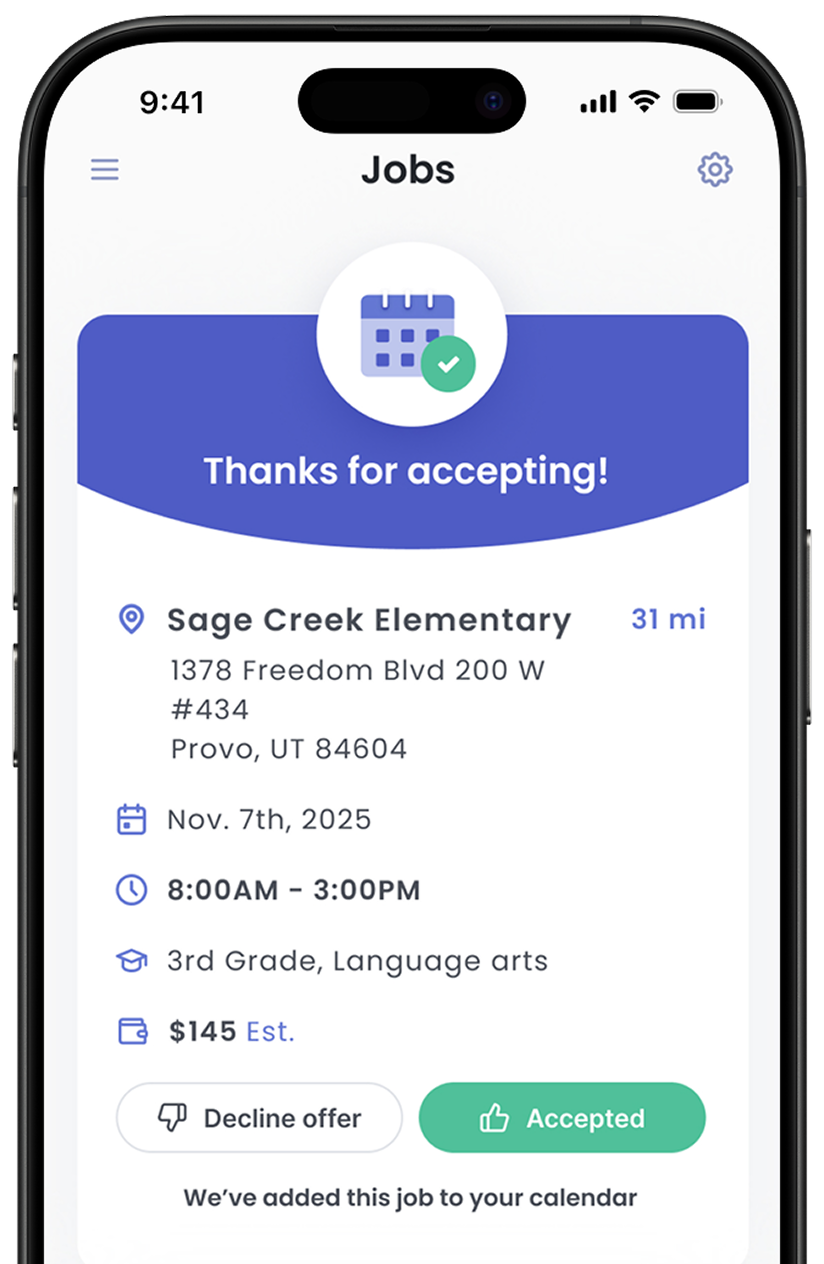Bloodborne Pathogens
Bloodborne pathogens are microorganisms in human blood that can infect others who come in contact with the infected blood. Some of the most common pathogens include Hepatitis B (HBV), Hepatitis C (HCV), and Human Immunodeficiency Virus (HIV).
In school settings, there are a couple common situations where you may encounter blood:
- nosebleeds
- pulled scabs or hangnails
- minor cuts, scrapes, and scratches
- diabetic "finger-stick checks" for glucose monitoring
It is important to understand how to protect yourself and others while providing any necessary care to students.
Transmission
When a student is bleeding in the classroom or on the playground, it can be easy to forget about protecting yourself as you rush to provide aid. Even small amounts of blood can infect others, so you need to be cautious for any situation involving blood.
Transmission can occur by
- getting infected blood on broken skin
- getting infected blood in your eyes, nose, or mouth
- getting cut or poked by an object that has infected blood, such as handling an object that injured the student
Precautions
Avoid Handling Blood
For minor injuries with bleeding, you should not handle blood or have other students handle blood. Offer the student a tissue or paper towel to prevent blood from getting elsewhere. Ask other students to stay back so that they do not come close to the bleeding.
Safety Equipment for Handling Blood
If you are in a situation where you need to render direct aid for minor bleeding, wear protective barriers as appropriate. Typically, this may only be a pair of medical gloves. However, if you are involved in cleaning up blood, you may also consider wearing glasses and a mask to protect from getting blood on your face.
When removing gloves that have blood on them, hold your hand out away from your body and over a garbage can. Pull each one off from the cuff to the fingers so that the gloves are turned inside out with the blood inside. Use the inside-out glove or a paper towel to remove the second glove in the same manner.
Cleanup
If blood has gotten on any surfaces or materials, use protective equipment and sterilizing wipes if available or call the office for support to get the blood cleaned up.
If any blood has gotten on you or another student, it should be washed off immediately with soap and water. If a student has gotten blood on another student, this should be reported to the school nurse or office.
Cuts, Scratches, Scrapes, Scabs, Hangnails
Students should wash, dry, and apply a bandaid to small cuts, scratches, scrapes, opened scabs, or torn hangnails. If the classroom has a sink, they can wash there, or they can go to the bathroom to wash. If there aren't bandaids in the classroom, you can ask a nearby teacher or send the student to the nurse/office. If the injury happens on the playground, send the student to the nurse/office. Contact the nurse/office when sending students, and make sure to watch for the student's return.
Bloody Noses
When students have a bloody nose, they should use tissue in the nostril, and they can pinch their nose if they wish. Contrary to popular belief, students should NOT tip their heads back. Students should wait a few minutes before removing the tissue, and if needed, should replace the tissue if the bleeding has not stopped. Older students generally want privacy and are okay to step just outside the classroom to handle it.
Once the bleeding has stopped, the student should keep a tissue on hand just in case and should wash off any blood on the hands and face.
.png)




